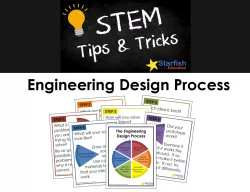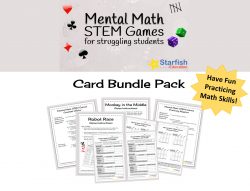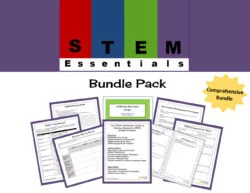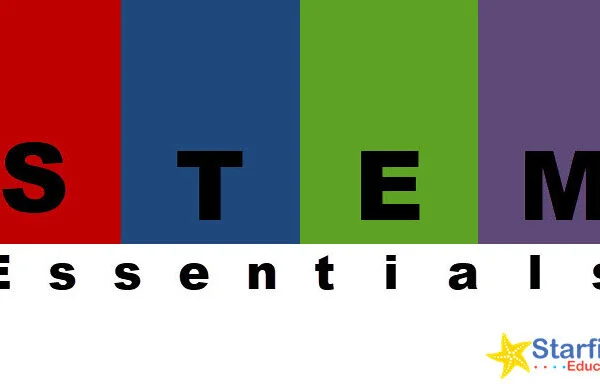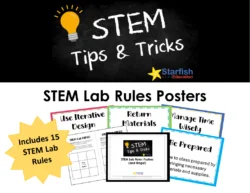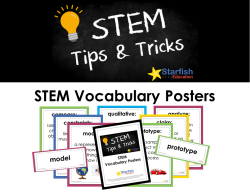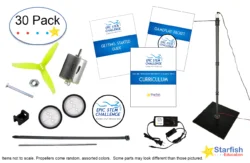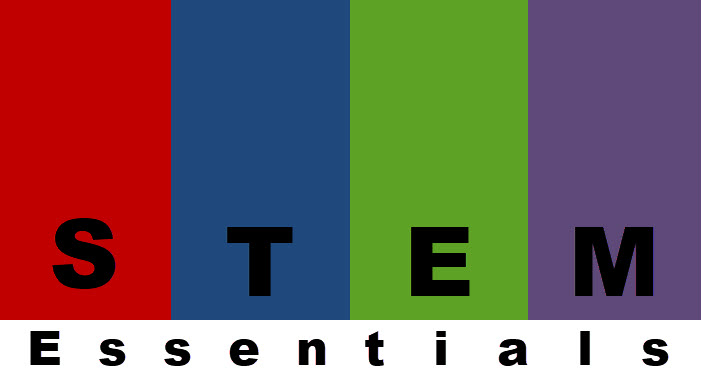
After you have thought about your STEM unit and have developed a plan that contains your idea, related curriculum standards, challenge, and end product, it’s time to figure out how to assess successful completion of the challenge/project.
Although we haven’t touched on “guts” of the project yet, it’s important to know where you want to end up before you fill in the blanks. This backward mapping will help to ensure that all of the pieces tie together cleanly at the end and remains focused and organized. Enter: The Assessments.
On a daily basis, you will want to use different types of formative assessments. Formative Assessments are designed to give the teacher a qualitative (rather than quantitative) measure of student understanding. Using these strategies daily will give you a good read on student understanding and help you to plan upcoming lessons accordingly. Most formative assessment strategies are no prep (Thumbs Up/Down) or low-prep (Exit Tickets) which makes them easy to gather useful data.
At the end of the project, you will want to conduct a Summative Assessment that shows what students have learned throughout the duration of the project. This will most likely take the form of assessing the completion of student products through the use of a rubric. Teachers can also add a more traditional test for the unit, but STEM units are generally use a rubric so that students may be assessed on a number of different elements. As you develop this rubric, you will want to choose carefully what criteria to assess. No matter what kind of summative assessment you choose to implement, students should be made aware of how they will be assessed at the beginning of the project. When using a rubric, be sure to review the criteria and scale with students focusing on what students should be doing to be successful.
Aside from your daily informal formative assessments and your end-of-unit summative assessments, I also like to set up checkpoints at certain key places in the unit. This may be as easy as the teacher reviewing the progress of the team and signing off on their progress or it might look as formal a quiz. Choose the most appropriate method for your students that ensures forward progress.
Now that you have learned about the different types of assessments that take place throughout a typical STEM unit, you can begin to put these in place for your specific unit. Stay tuned for next week’s post on creating rubrics.
Get the STEM Essentials Bundle Pack including STEM “Talk Moves” and Formative/Summative Assessment Strategies!
Subscribe to Stay Connected!
-
Cryptography for Kids
$29.95 -
Engineering Design Process Posters
$2.95 -
Mental Math STEM Games- Card Bundle
$16.95 -
STEM Essentials- Bundle Pack
$16.95


